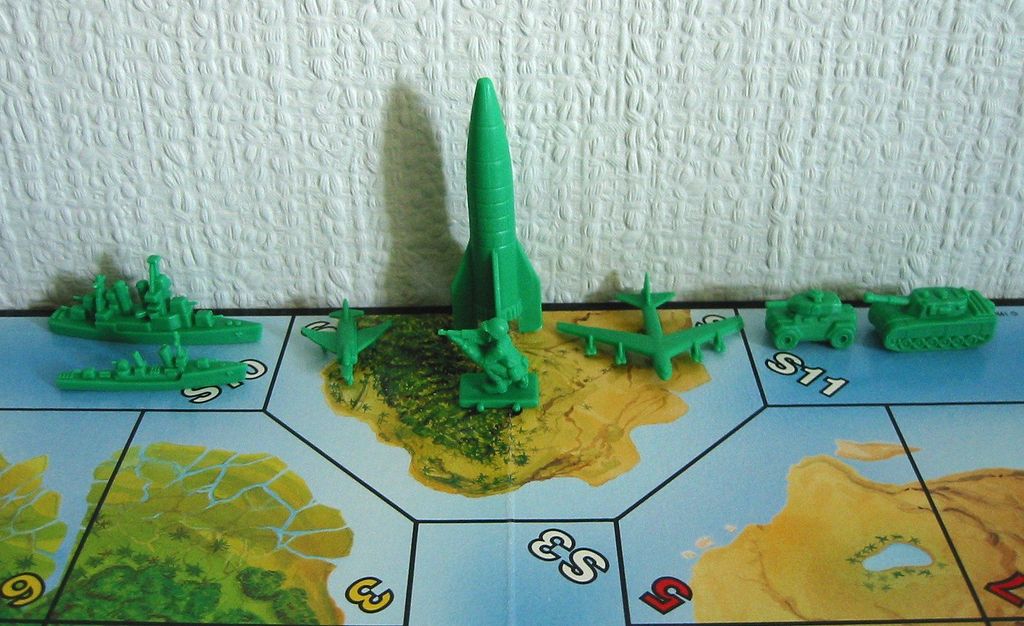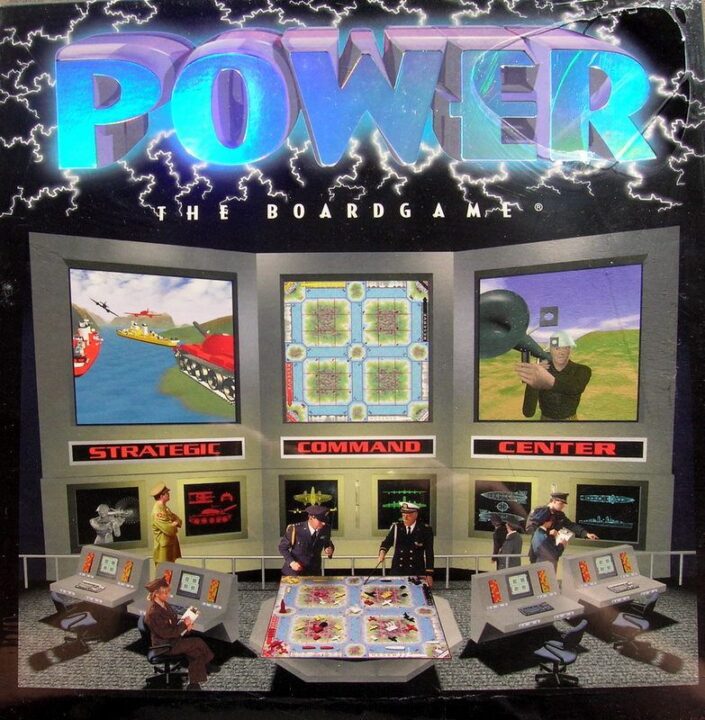Overview
Today, I’m diving headfirst into ‘Power,’ a board game that’s been creating quite the buzz. In this review, we’ll cover all the bases from gameplay mechanics to the quality of its components, ensuring you know exactly what’s in store. Whether you’re a hardcore strategist or just looking for a fun night with friends, let’s see if ‘Power’ has the juice to keep everyone engaged.
How It Plays
Got ‘Power’? Good question. Let’s answer that by breaking it down. This game will have you sitting around the table, plotting your rise to, well, power, with a mix of glee and strategic fury. Here’s how you get from ‘What are we playing?’ to ‘I’m the ruler of the universe!’ or something close to it, anyway.
Setting up
First things first: spill the box contents. You should see a bunch of pieces that look more complicated than assembling furniture from IKEA. Don’t sweat it; it’s easier. Set up the board at the center of the table, distribute pieces evenly among players, which usually involves some kind of currency, tokens, and a few cards to start with. Make sure everyone’s got their own little empire starting kit in front of them. And no, hoarding the prettiest color isn’t allowed. Well, unless you called dibs.
Gameplay
Gameplay is where ‘Power’ shines. Each player begins with their own set of resources and a hidden agenda. You’ll spend turns building up your resources, plotting with or against others, and maybe throwing a bit of shade or forming alliances. The goal is to expand your territory, influence, or whatever the game decides equals power that day. It’s a mix of negotiation, betrayal, and alliances more fickle than weather. And yes, there will be backstabbing. Bring popcorn.
Winning the game
Winning ‘Power’ isn’t just about having the most pieces on the board. It’s about strategy, cunning, and sometimes, a bit of luck. Meet the victory conditions set out at the start. This could mean controlling certain areas, accumulating points, or completing a secret mission. When someone shouts, ‘I win!’ double-check. They might be bluffing. Or not. Either way, it’s a riot.
Want to know more? Read our extensive strategy guide for POWER.
Exploring the Nitty-Gritty of Power’s Gameplay Mechanics and Balance
When you sit down to play Power, you’re in for a treat, but also a challenge. The mechanics are a well-thought blend of strategy and competition. Right from the start, you sense the cleverness in its design, pushing players to think ahead and plan their moves carefully. What’s really impressive is how the game balances—well, power. Each player gets a fair shot at victory, making every game’s outcome uncertain till the very last moment. This fairness ensures that the fun doesn’t fade, even if you’ve been playing for hours. The creators did a fab job ensuring that no single strategy dominates, keeping the playing field even and making each session a fresh adventure.
Stay tuned as we gear up to decode the secrets behind Power’s Quality of Components and Design.

Unwrapping the Visual and Physical Appeal of ‘Power’
Right out of the box, ‘Power’ hits you with its quality. The game pieces feel sturdy in your hand, no flimsy cardboard here. The design team deserves a shoutout for the artwork that captures the essence of power without overwhelming players. It’s like they knew we needed something easy on the eyes during those intense game nights. The cards, oh, the cards! They’re not just tools to play; they’re pieces of art that you actually want to collect. And let’s not forget the board itself. It’s got this layout that’s both simple to understand and complex enough to keep you engaged. It’s clear that thought was put into making ‘Power’ not just fun to play but also a treat for the senses.
As we marvel at the quality of ‘Power’s components and design, let’s not forget that all these pieces are meant to keep us coming back for more, which perfectly leads us to the next juicy bit: Replayability and Player Engagement.
Keep Coming Back for More: Replayability and Player Engagement in Power
One thing’s for sure, ‘Power’ knows how to keep you coming back for more. With its dynamic gameplay and strategic depth, every game feels fresh and full of new challenges. The game’s design smartly avoids the pitfall of predictability, ensuring that no two games are the same. This is all thanks to a variety of strategies players can employ, adapting to opponents’ moves and the ever-changing game state. ‘Power’ truly excels in keeping players engaged, eager to refine their strategies with each play. The thrill of discovery and the satisfaction of mastering new tactics make it a game that refuses to gather dust on your shelf.
After exploring the vast seas of replayability and player engagement, let’s anchor down into the gentle waves of Learning Curve and Accessibility.
Mastering ‘Power’: A Journey Worth Taking
When you first lay your eyes on ‘Power’, you might think, “Woah, this looks intense.” And you’re not wrong. The learning curve is there, but it’s like climbing a hill, not a mountain. The rulebook lays things out pretty well, and once you get the hang of the basics, you’ll start seeing all the cool strategies and moves you can make. What I really dig about ‘Power’ is how it’s designed to be accessible. Sure, it might take a game or two to feel like a mastermind, but isn’t that part of the fun?
Now, I’ve played this with board game newbies and seasoned strategists alike, and the feedback is consistent: it’s a hit. The balance between learning and playing keeps everyone coming back for more. So, would I recommend it? Absolutely. ‘Power’ is a standout game that’s worth getting to know.
Conclusion
Wrapping up this rollercoaster of a review, ‘Power’ has proven itself more than just a game; it’s an adventure on a board. From the sturdy, eye-catching components that scream quality, to the balanced mechanics ensuring no two games feel the same, it’s a thrill. Yes, it might test your patience as you learn the ropes, but isn’t that part of the charm? Whether you’re a strategy savant or just looking for a fun night with pals, ‘Power’ brings it. Sure, luck might not always be on your side, but hey, that’s life! Give it a spin, and who knows? You might just find your new favorite. And with that, we close the book on ‘Power’. Until next time, keep rolling those dice!


